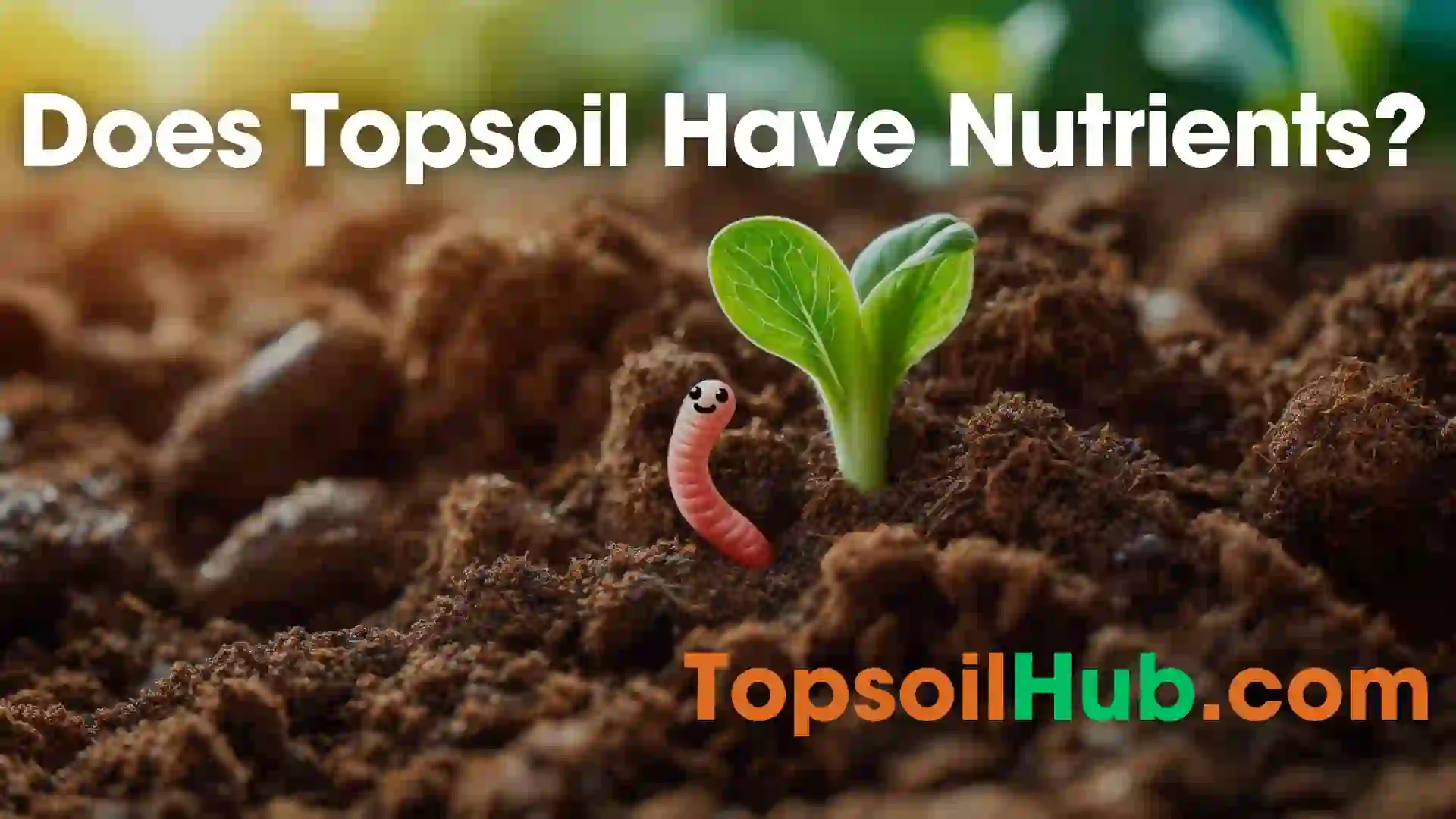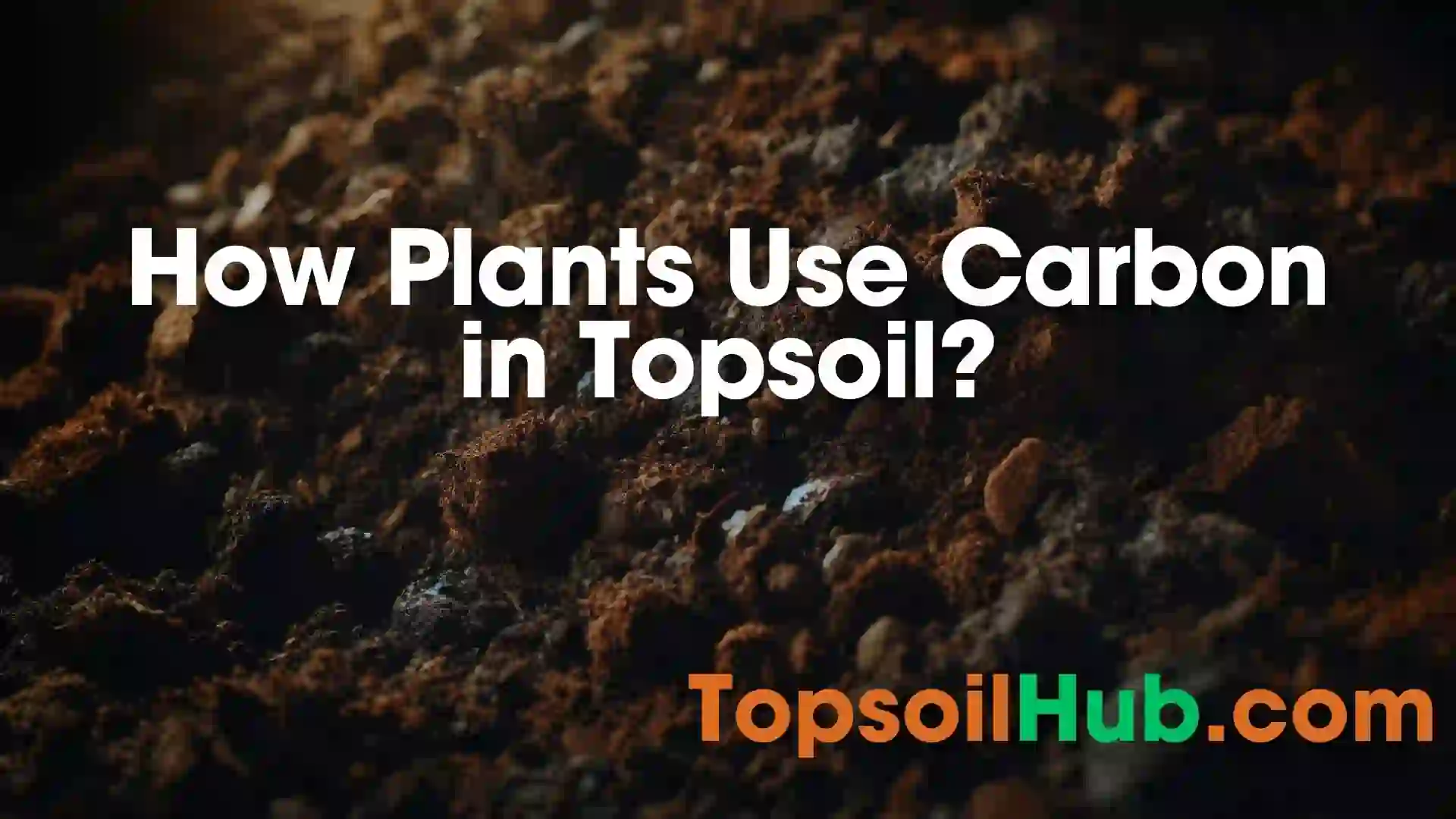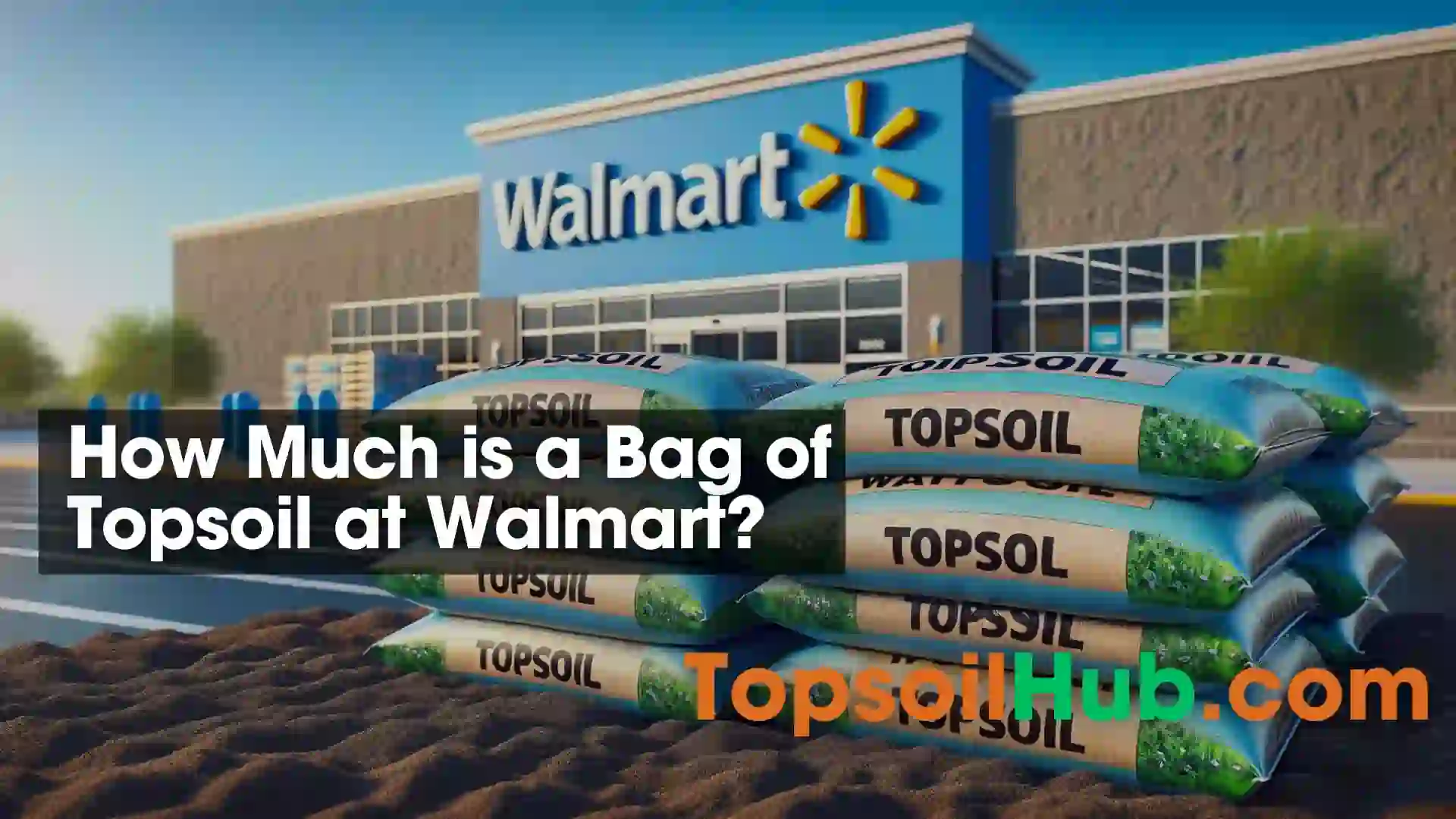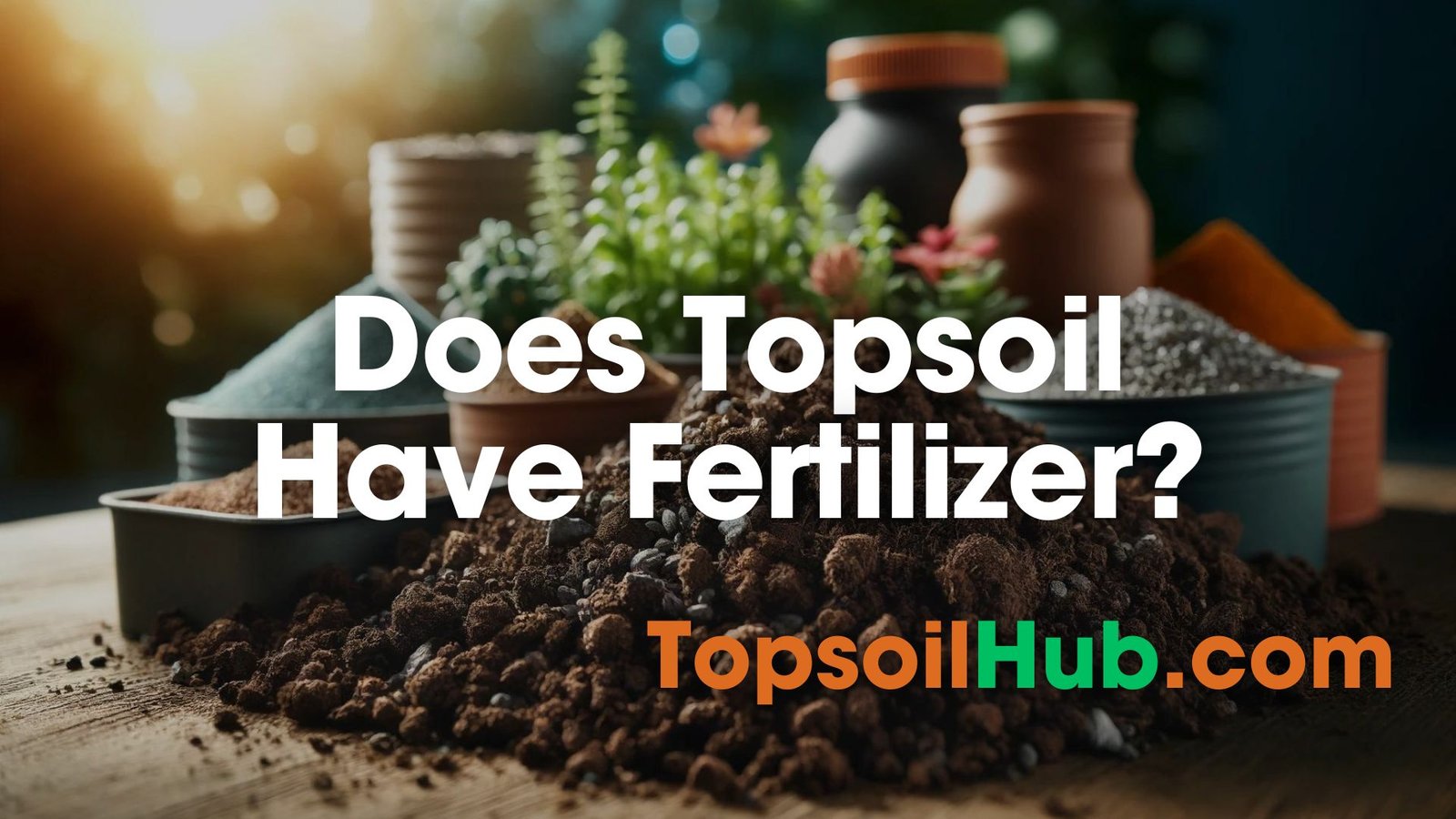Does Topsoil Have Nutrients?
Did you know that topsoil is one of the most valuable resources on the planet? You might think of it as the dark brown or black soil that covers the ground. However, this layer is much more than that. It is a complex and dynamic ecosystem that provides plants with the minerals they need to thrive. But does topsoil have nutrients?
And how do they vary depending on different factors? In this article, we will answer these questions and explore how to test, amend, and improve the quality and fertility of this soil type.
What is Topsoil?
Topsoil is the upper layer of soil that covers the earth’s surface, usually ranging from 2 to 8 inches in depth. It is where most of the biological activity and plant growth occurs, but it is also where nutrients can be easily lost or depleted.
Does Topsoil Have Nutrients?
Yes, topsoil has nutrients. The answer is not straightforward because certain types of topsoil are mixed with nutrients, and some of them are not; therefore, the topsoil does have nutrients, but not all the topsoils do. Topsoil can have different amounts of nutrients depending on its texture, composition, color, and origin.
Generally, topsoil that is dark, loamy, and rich in organic matter has more nutrients than topsoil that is light, sandy, or clay-like. However, topsoil alone may not provide enough nutrients for optimal plant growth, and soil testing is recommended to determine the nutrient status and pH of the soil. Adding fertilizer, compost, or other amendments can improve the topsoil’s nutrient content and quality.
How Does Topsoil Nutrient Content Vary?
The quality and quantity of topsoil nutrients can also vary depending on how the topsoil is managed and maintained. Factors such as erosion, compaction, pollution, overgrazing, deforestation, and climate change can reduce the fertility and health of topsoil. On the other hand, practices such as crop rotation, cover cropping, mulching, composting, and organic farming can enhance and preserve the topsoil nutrients.
Some of the most important nutrients for plants are nitrogen (N), phosphorus (P), potassium (K), calcium (Ca), magnesium (Mg), sulfur (S), and micronutrients such as iron (Fe), zinc (Zn), copper (Cu), manganese (Mn), boron (B), molybdenum (Mo), and chlorine (Cl). These nutrients play different roles in plant growth and development, such as:
- Nitrogen is essential for photosynthesis, protein synthesis, and chlorophyll formation.
- Phosphorus is important for energy transfer, root development, and flowering.
- Potassium regulates water balance, enzyme activation, and stress tolerance.
- Calcium strengthens cell walls and membranes and activates some enzymes.
- Magnesium is a component of chlorophyll and helps in photosynthesis.
- Sulfur is involved in amino acid and protein synthesis and enhances flavor and aroma.
- Micronutrients are required in small amounts but are crucial for various metabolic processes.
How to Test Your Topsoil
So, how can you tell if your topsoil has enough nutrients for your plants? One way is to perform a soil test, which can measure the levels of nitrogen, phosphorus, potassium, calcium, magnesium, sulfur, and other elements in your soil. A soil test can also tell you the pH and organic matter content of your soil, which affect the availability and uptake of nutrients by plants.
You can use a soil test kit or send a soil sample to a laboratory for analysis. To perform a soil test at home, you will need:
- A soil test kit that includes a color chart or a digital meter
- A clean trowel or shovel
- A clean bucket or container
- A plastic bag or envelope
To collect a soil sample:
- Choose an area that represents the soil condition of your garden or field
- Dig a hole about 6 inches deep
- Scrape away the top 2 inches of soil
- Take a slice of soil from the side of the hole
- Repeat steps 2 to 4 in several locations within the area
- Mix all the soil slices together in the bucket or container
- Remove any stones, roots, or debris from the soil
- Fill the plastic bag or envelope with about 1 cup of soil
To test your soil sample:
- Follow the instructions on your soil test kit
- Compare the color or reading with the chart or meter
- Record the results for each nutrient and pH level
How to Amend Your Topsoil
Another way to improve your topsoil nutrient content is to amend your topsoil with organic or synthetic fertilizers, lime, gypsum, or other soil conditioners. These amendments can provide additional nutrients for your plants or correct any imbalances or deficiencies in your soil.
However, before applying any amendments to your topsoil, you should consider:
- The type and amount of amendment needed based on your soil test results
- The timing and frequency of application based on your crop or plant needs
- The method and rate of application based on your soil type and condition
Some examples of common amendments for topsoil are:
- Organic fertilizers, such as manure, compost, or green manure, add nutrients and organic matter to the soil.
- Synthetic fertilizers such as urea, ammonium sulfate, or superphosphate which provide quick-release nutrients to the soil
- Lime, which raises the pH of acidic soils and supplies calcium and magnesium to the soil
- Gypsum, which lowers the pH of alkaline soils and supplies calcium and sulfur to the soil
- Other soil conditioners, such as peat moss, vermiculite, perlite, or biochar, improve the soil structure, water retention, and aeration.
Conclusion
In conclusion, topsoil does have nutrients, but not all topsoils are equally nutritious. The quality and quantity of topsoil nutrients depend on various factors such as soil type, origin, management, and environmental conditions. To ensure optimal plant growth and health, it is important to test your soil regularly and apply appropriate amendments as needed.
We hope you enjoyed this post and learned something new about topsoil and its nutrient content. If you have any questions or comments, please feel free to share them below. Happy gardening! 😊







